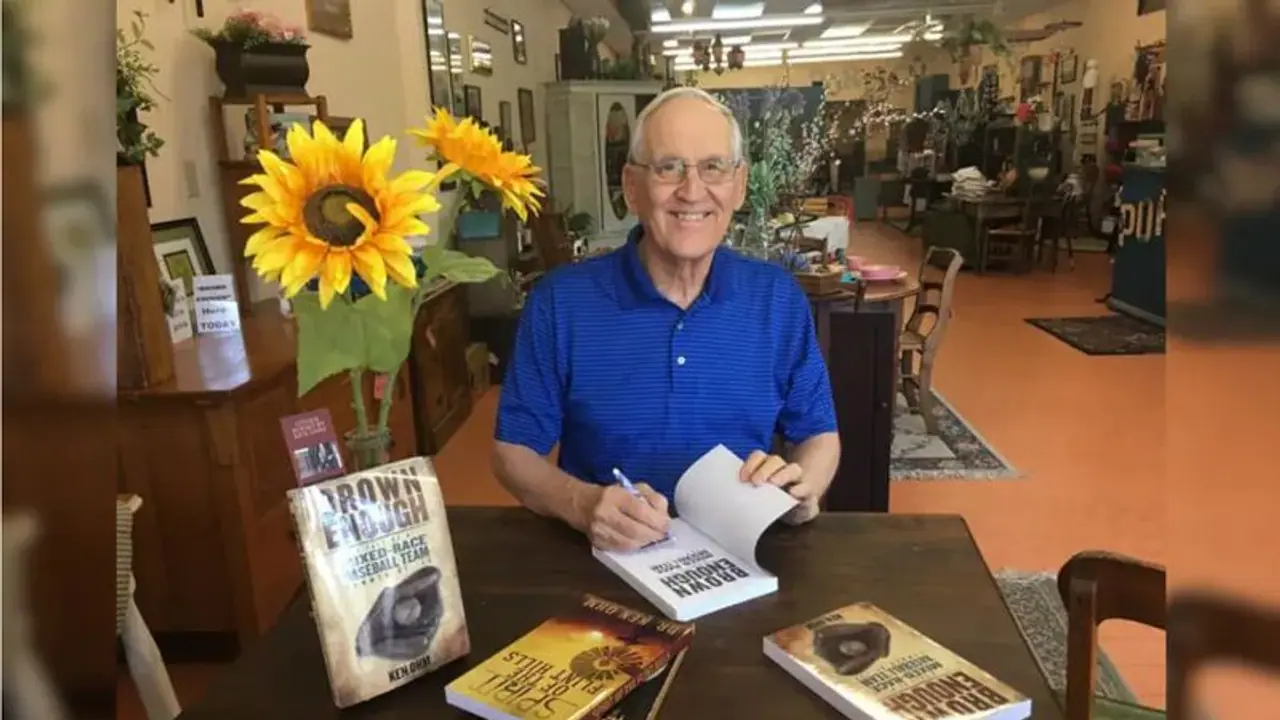Retired physics professor plans to send his DNA to the moon via Celestis, aiming for potential discovery by advanced civilizations for the creation of clones, driven by a fascination with space and extraterrestrial life.
Motivated by a lifelong fascination with extraterrestrial life and the potential for lunar colonies, a retired American physics professor has devised an extraordinary plan for his posthumous legacy. His ambition is to send his DNA to the moon, harbouring the hope that it might be discovered by an advanced alien civilization. Through this audacious act, he envisions the creation of his clones, bearing his genetic imprint and perpetually inhabiting the lunar surface.

Ken Ohm, an 86-year-old retired physics professor from Kansas, has harboured a fascination with space since his youth. Initially aspiring to become an astronaut, he was told by NASA that he was too tall. Undeterred, Ohm has found an alternative means to realize his lifelong dream: sending his remains to the moon.
To achieve this, Ohm has enlisted the services of a Texas-based company called Celestis, which specializes in launching remains into space. Specifically, he has chosen to have his remains sent to the south pole of the lunar surface. The company charges a fee of $12,500 for a one-way trip to the moon.
According to the New York Times, Celestis has orchestrated 17 memorial spaceflights since 1994. These unique journeys vary, with some ascending and descending, others orbiting Earth, some reaching the moon's surface, and a few simply venturing into space indefinitely. Celestis strategically incorporates its cargo into spacecraft engaged in unrelated scientific and commercial missions. The pricing for these packages starts at approximately $2,500.
The practical motivation behind Ohm sending his DNA to the moon lies in the possibility that, in 30,000 or 40,000 years, remnants of this civilization or a different one might discover his genetic blueprints. The purpose of such a discovery remains open-ended, but Ohm speculates that if they possess the sophistication to find and utilize his DNA, it would likely be for something remarkably intriguing, as per the NYT.
